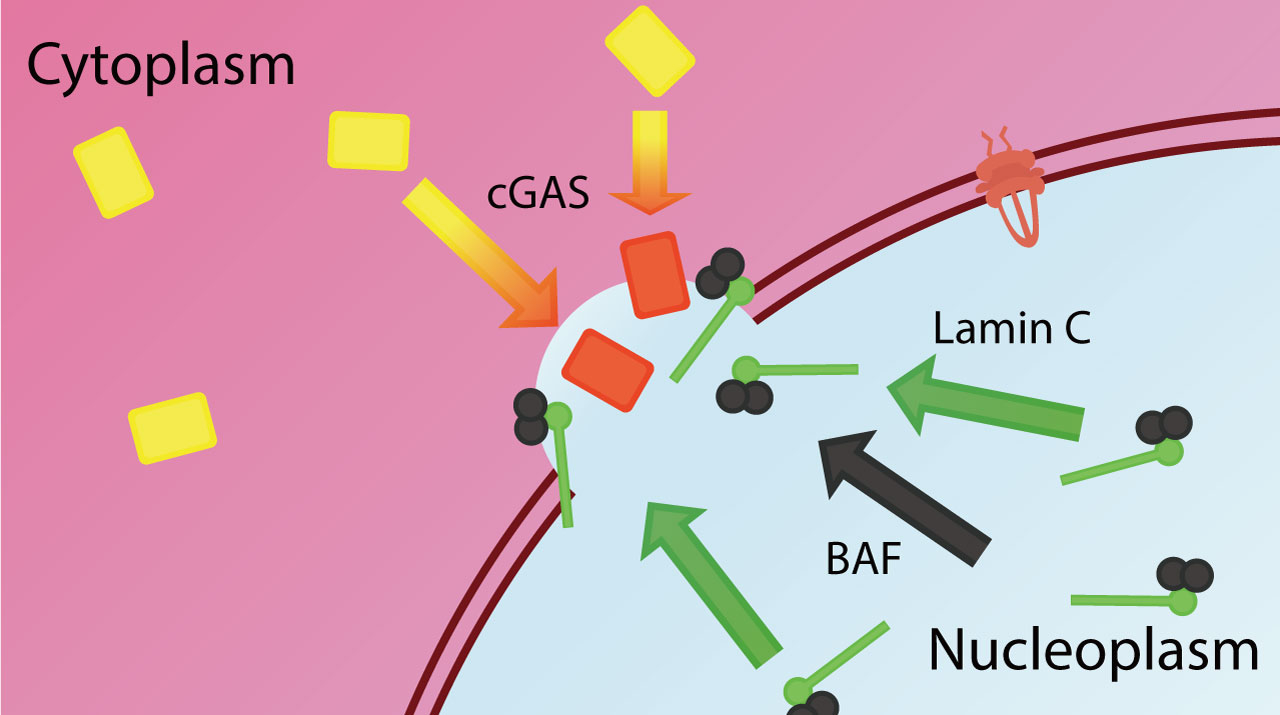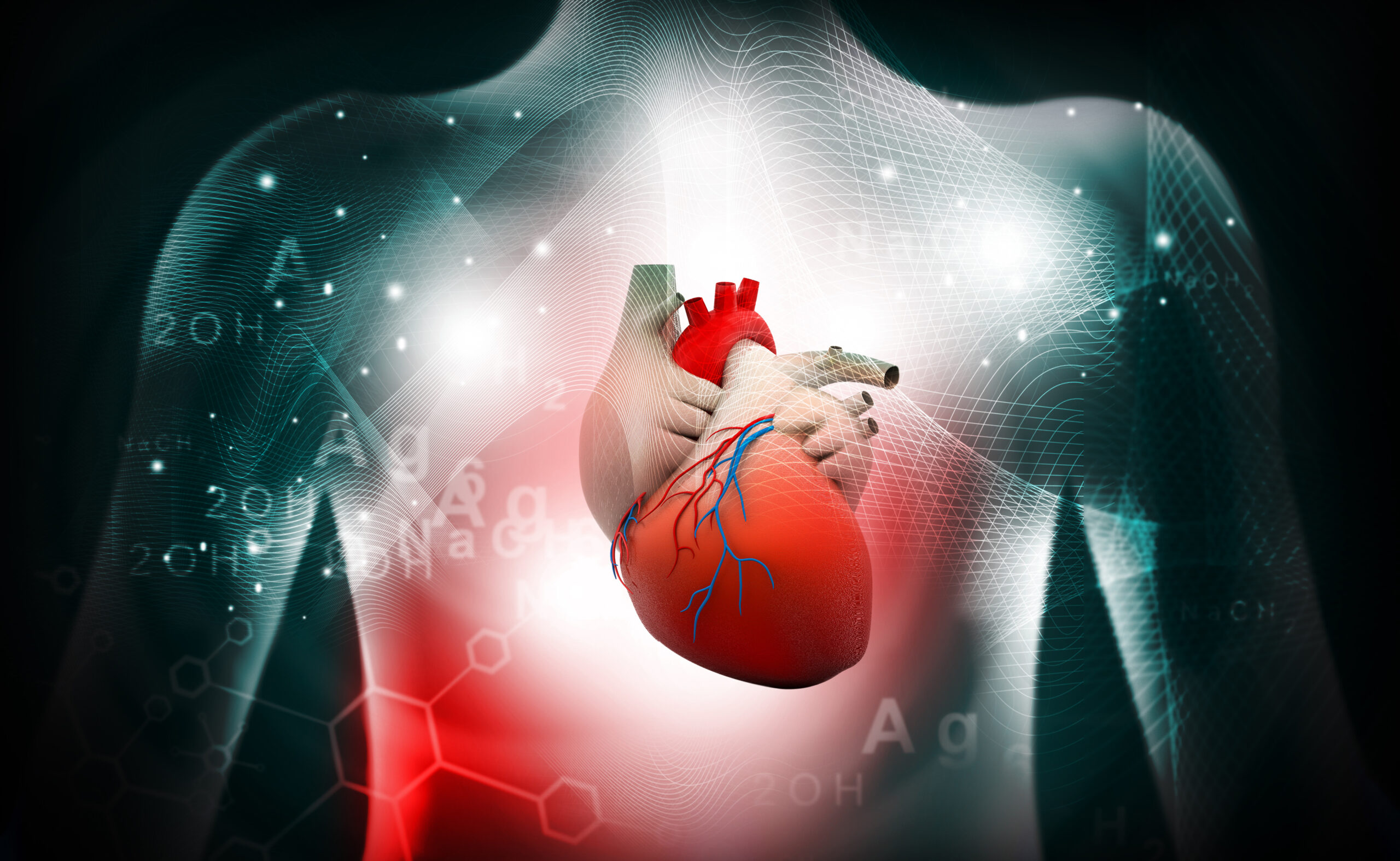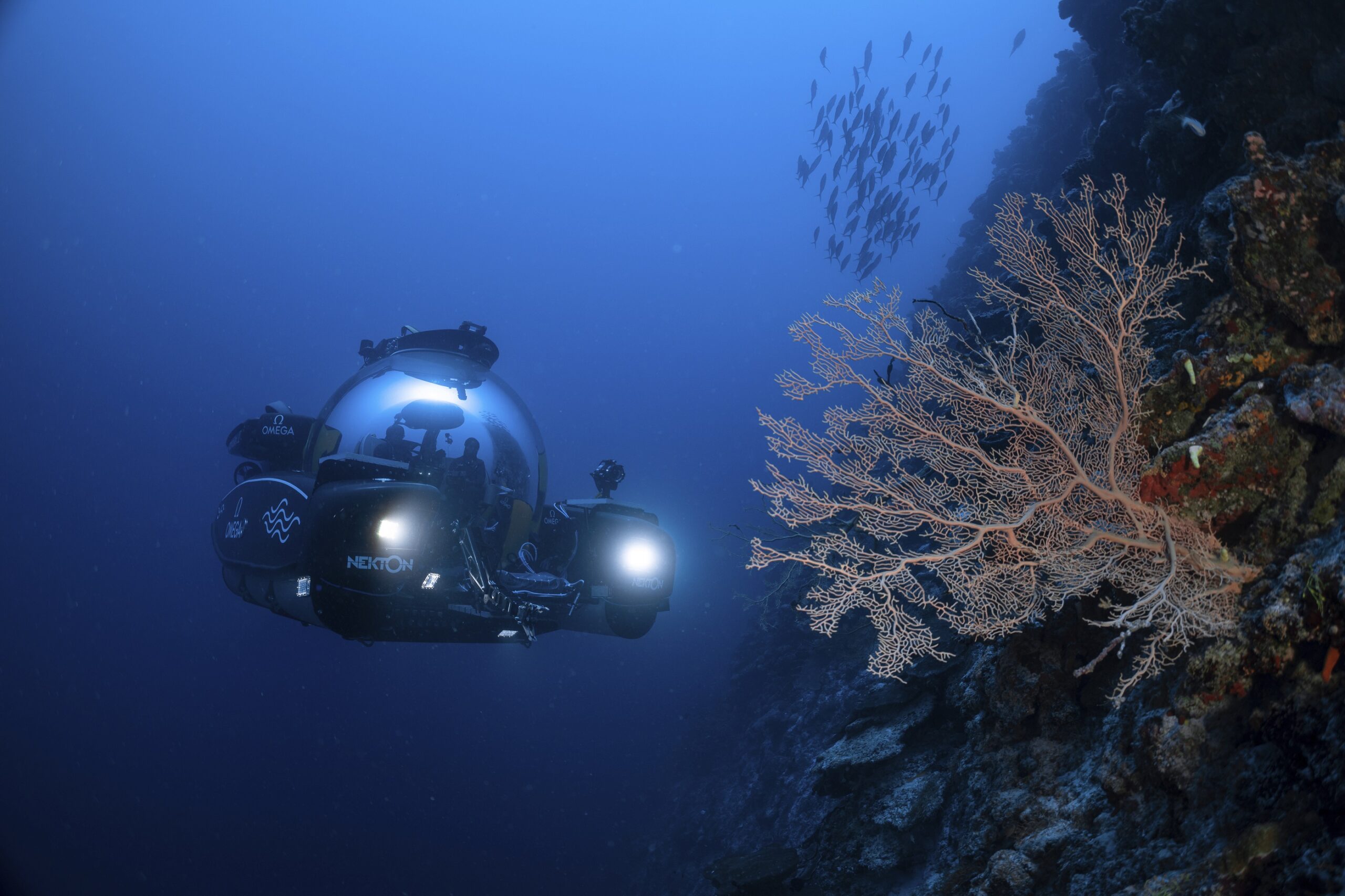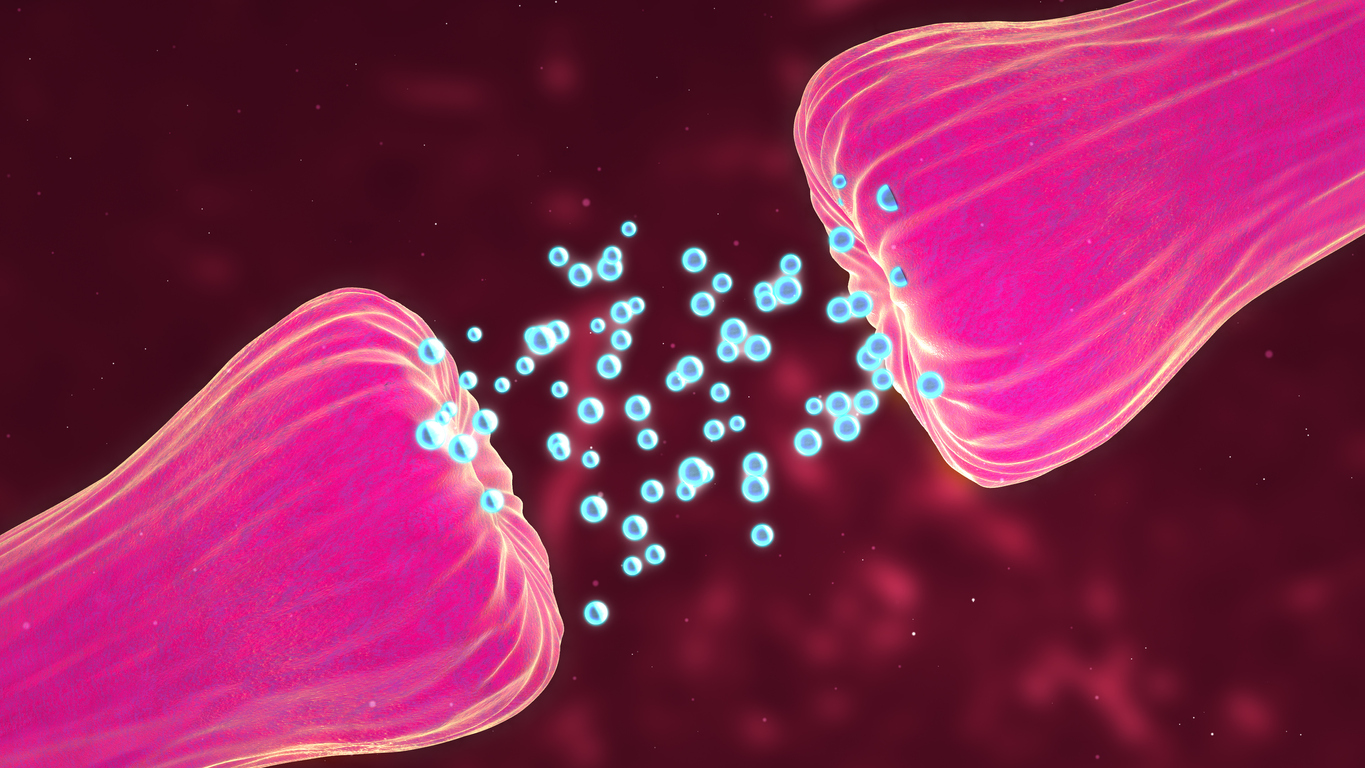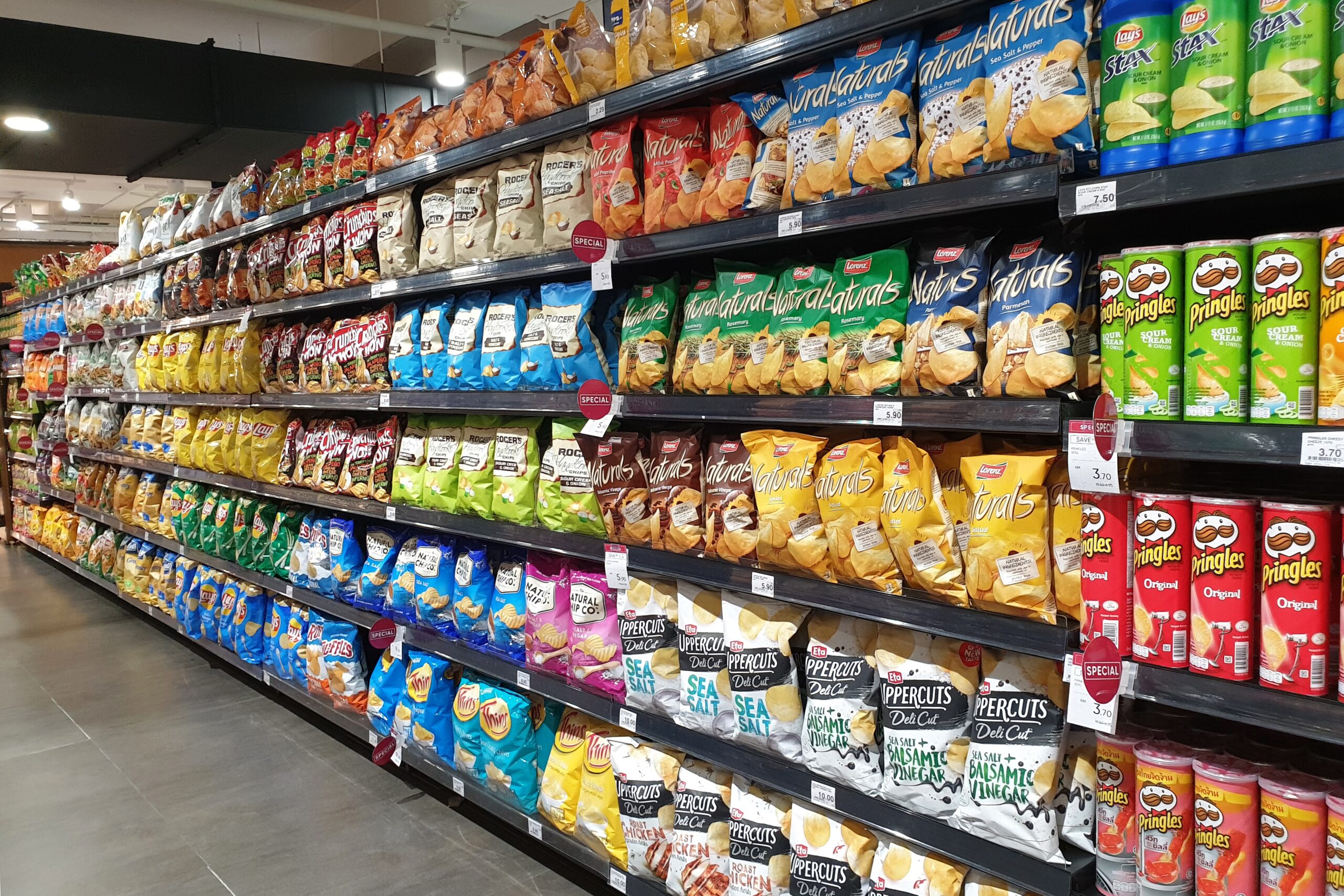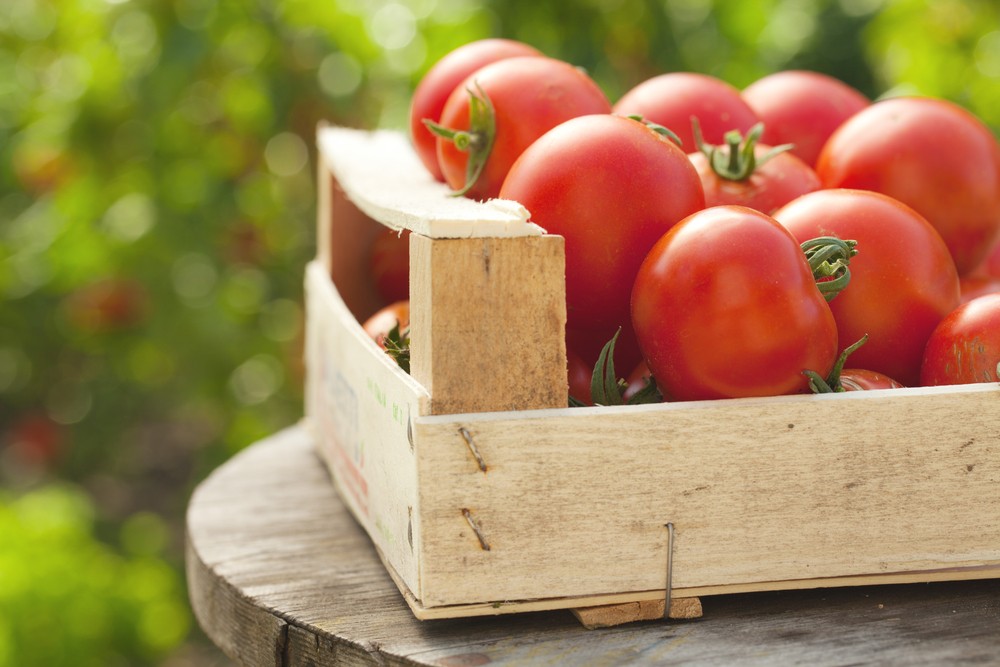A bacterial enzyme found in the intestines of the “superworm” Zophobas morio can break down plastic, according to researchers.
Scientists fed these “superworms” polystyrene foam, bran, and nothing at all over the course of three weeks.
They saw that the worms that ate solely polystyrene not only lived but even put on a tiny amount of weight.
This shows that the worms can get energy from polystyrene, most likely through the help of bacteria in their intestines.
The researchers studied these worms further and discovered several enzymes that might break down polystyrene and styrene using a technique known as “metagenomics.”
Long-term ambitions include developing enzymes that can combine mechanical shredding with enzymatic biodegradation to break down plastic garbage in recycling operations.
The authors remarked that the worms shred polystyrene with their mouths and feed it to the microorganisms in their gut, like miniature recycling plants.
Other bacteria can then generate high-value chemicals like bioplastics from the byproducts of this reaction.
It is believed that bio-upcycling will make it easier to recycle plastic waste and reduce the quantity of rubbish that ends up in landfills.
Growing these gut bacteria in the lab may help us look into ways to make this process large enough for a full recycling plant.
Story Source: Original press release by University of Queensland. Note: Content may be edited for style and length by Scible News.
References
Jiarui Sun, Apoorva Prabhu, Samuel T. N. Aroney, Christian Rinke. Insights into plastic biodegradation: community composition and functional capabilities of the superworm (Zophobas morio) microbiome in styrofoam feeding trials. Microbial Genomics, 2022; 8 (6) DOI: 10.1099/mgen.0.000842


